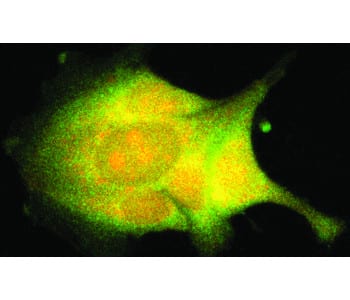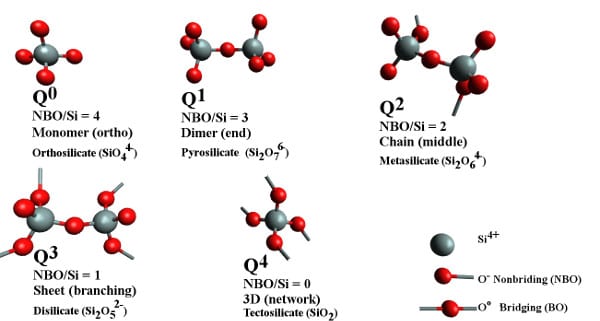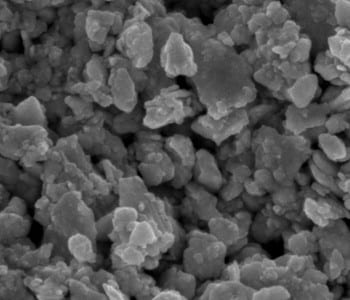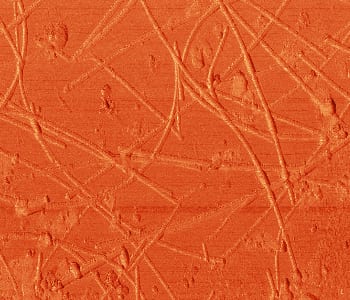Researchers have described composite nanorods that consist of long iron segments and short gold tips and can be functionalized with biomolecules of interest.



Researchers have described composite nanorods that consist of long iron segments and short gold tips and can be functionalized with biomolecules of interest.

Utah researchers are leading an investigation on the chemistry of slag under the conditions of a transformational ironmaking technology being developed.

Researchers have developed a cancer imaging and therapy agent composed of PLGA microparticles encapsulating a perfluorocarbon liquid core.

Korean researchers have developed lightweight commercial gamma radiation shielding based on tungsten/polyethylene nanocomposites.
A Chinese research group has taken a molecular engineering approach to optimize the solubility and thin-film morphology of low-bandgap polymers.
Eric Betzig, Howard Hughes Medical Institute, Stefan Hell, Max Planck Institute for Biophysical Chemistry, and William Moerner, Stanford University, share award for the development of super-resolved fluorescence microscopy.

2014 Nobel Prize in Physics awarded to inventors of efficient blue LEDs.

Graphene-treated nanowires could soon replace current touchscreen technology, reducing production costs and allowing for more affordable, flexible displays.
A new multifunctional coating system to increase the sunlight harvesting ability and the operational lifetime of organic DSSC devices has been proposed.
Experiments have resulted in gold films with a theoretically expected transparency of over 80% in the visible range.